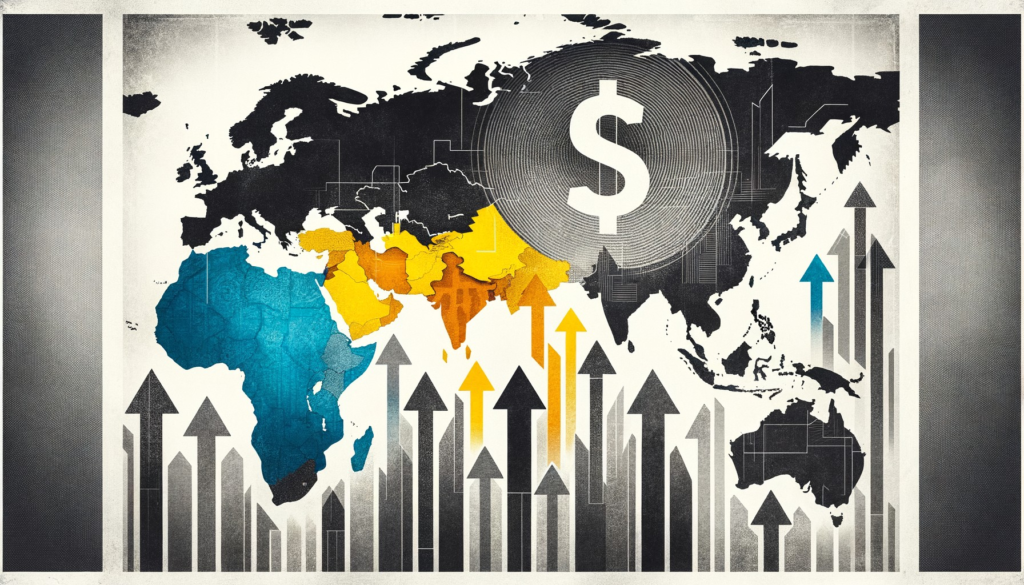What’s going on?
Emerging markets saw net inflows of $16.1 billion in June 2024, marking the eighth consecutive month of foreign investment inflows despite high U.S. interest rates. interest Interest rates have slowed.
What does this mean?
Emerging markets (EMs) continue to attract significant foreign investment, despite headwinds from prolonged high US interest rates. The Institute of International Finance (IIF) reported that equities accounted for $4.9 billion and bonds $11.2 billion of the total in June. However, inflows have slowed. Federal Reserve Chairman Jerome Powell recently suggested that while the US economy is cooling, interest rate cuts are not imminent, which has dampened investor enthusiasm. Asia excluding China led the way with inflows of $15.1 billion, especially India and South Korea. Meanwhile, outflows from China exceeded $2 billion, while emerging Europe experienced outflows of $1.1 billion, led by Hungarian bonds and Turkish stocks.
Why should you care?
For markets: Navigating the seas of uncertainty.
Although capital flows into emerging markets have slowed, investor interest remains strong, particularly in Asia excluding China. Total net inflows are expected to reach $125.4 billion in the first half of 2024, up 7.6% from the same period last year, highlighting the region’s resilience and growth potential. Investors should keep a close eye on U.S. monetary policy, as persistently high interest rates could affect these investment patterns.
Overall picture: A change in the global economy is on the horizon.
The inflow data highlights the shift in global investor sentiment towards emerging markets. The differing performance across regions, with prominent inflows into India and South Korea on one hand and outflows from China and emerging Europe on the other, reflects broader geopolitical and economic dynamics. The slowdown in the pace of inflows, influenced by US interest rates, suggests a balancing act for global investors looking to maximise returns whilst managing risks in an uncertain economic climate. This points to the need to look more closely at regional policies and market conditions going forward.

